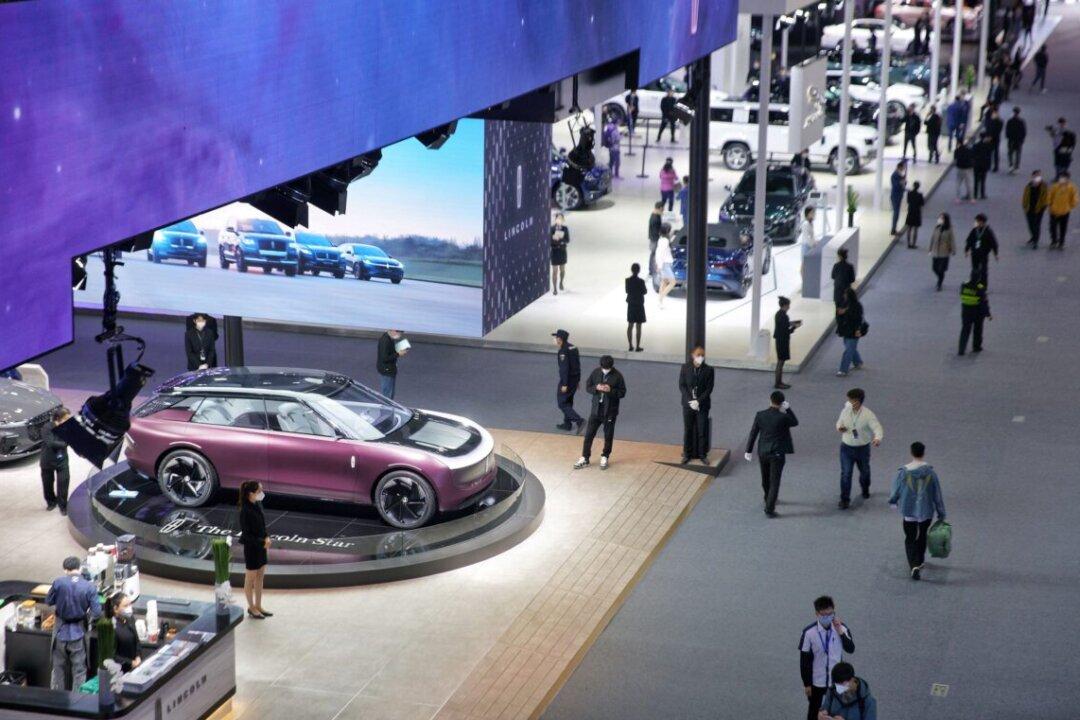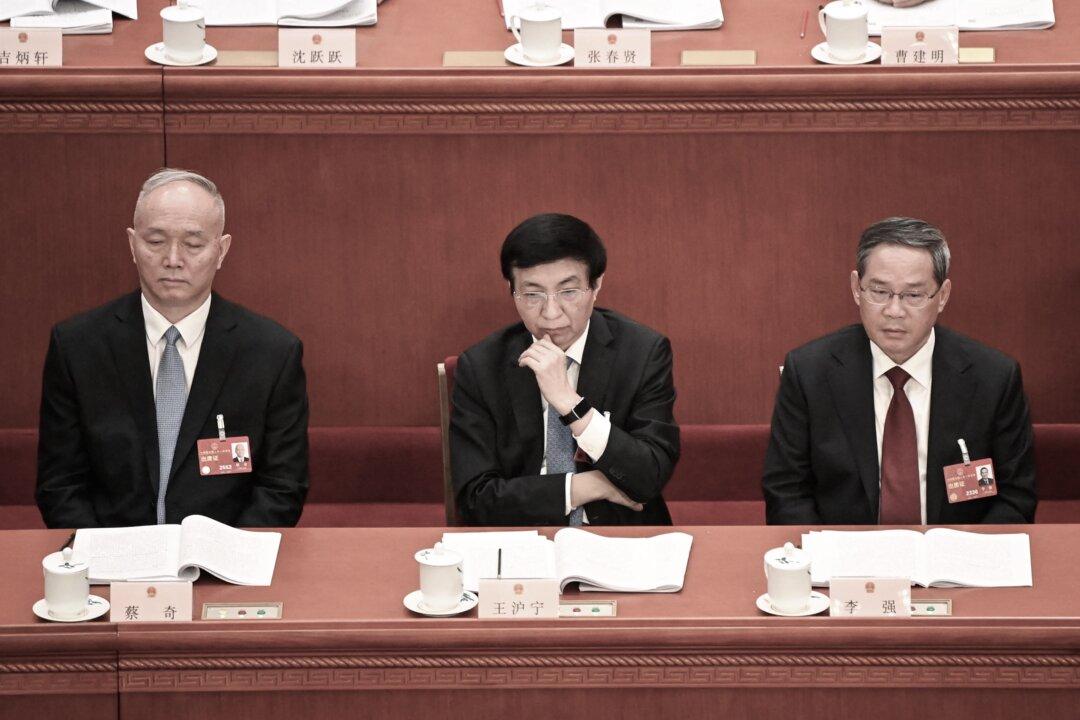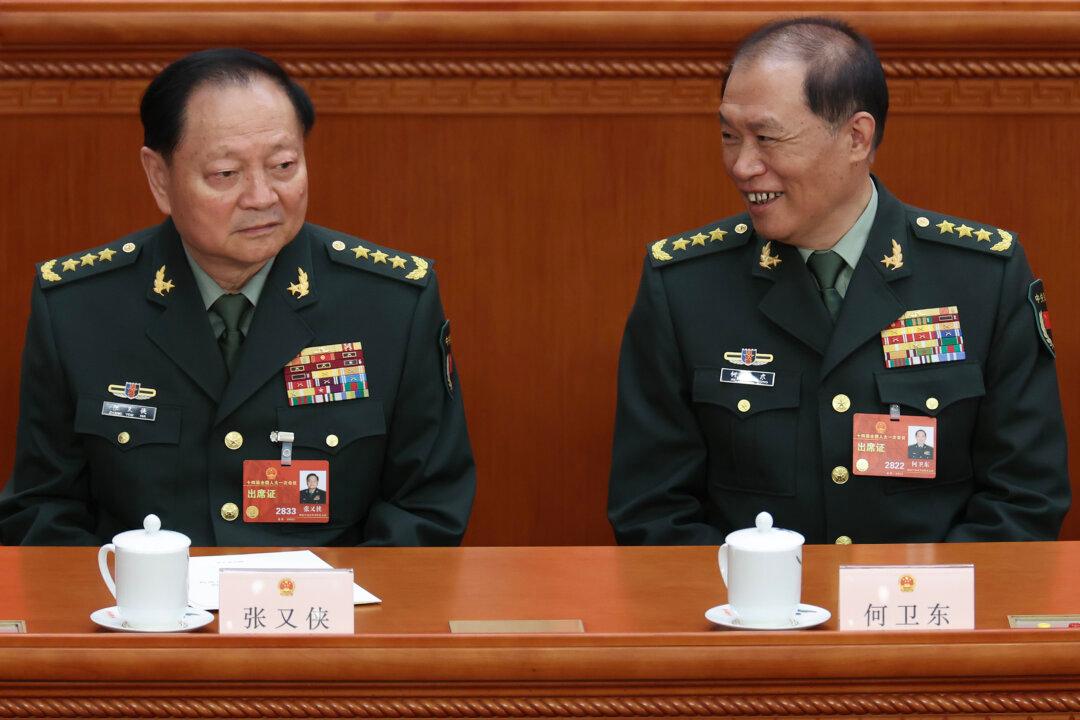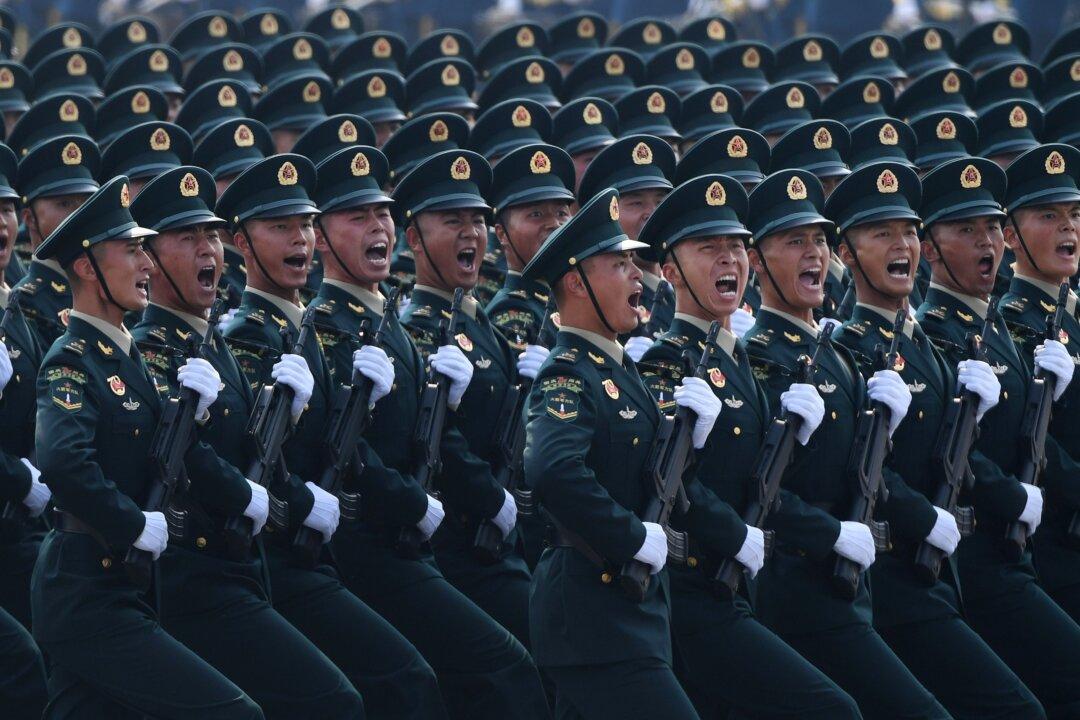News Analysis
A low-price auto campaign initiated by Chinese car companies and local governments has been sweeping throughout China since the start of March, but auto sales continue to fall. Experts indicate that middle-class Chinese citizens, the mainstay of consumption, face heavy debts as they lose confidence in the economy.





